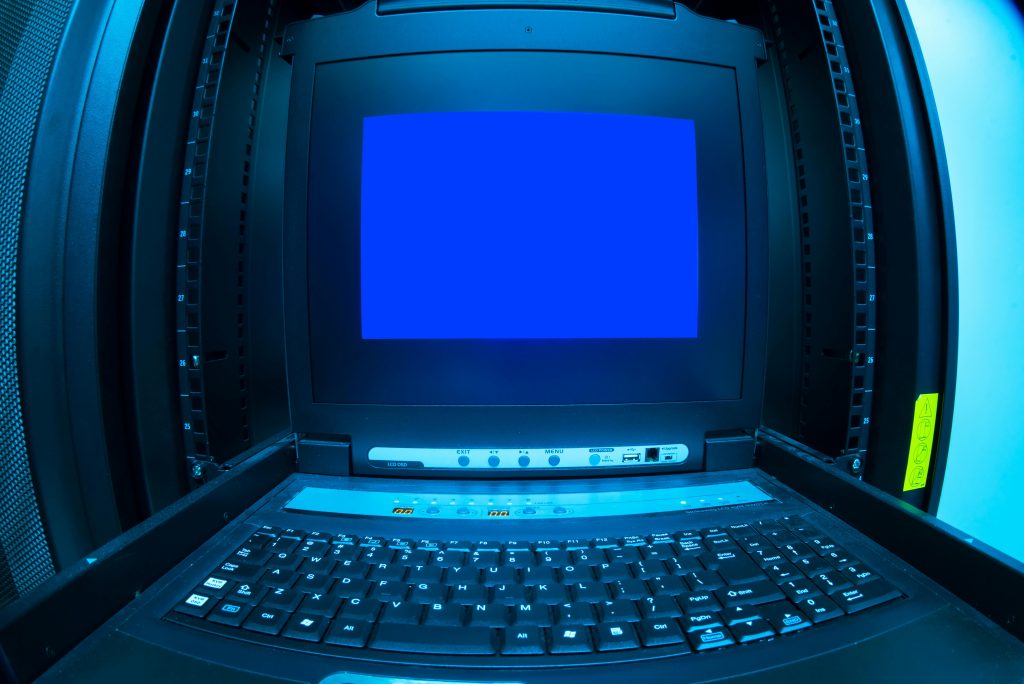A Fresh Start: How to Install Windows from a USB Drive
Have you ever found yourself navigating your computer without a legitimate operating system? If so, you’re not alone! I recently realized that I’ve been using my PC for the past three years without an official version of Windows. My journey began when a friend offered me a “free” version, and for months, I enjoyed the appearance of a fully functional OS—until I started experiencing various technical issues.
After struggling with these problems, I’ve decided it’s time to invest in a legitimate copy of Windows and start fresh. Frankly, I’m ready to wipe everything on my computer and perform a clean installation of the real deal. If you’re in a similar boat and are unsure about the process, let’s break it down together!
Getting Started with Your USB Installation
-
Gather Your Materials: First and foremost, you’ll need a USB flash drive with at least 8GB of space. Additionally, ensure you have access to a working computer to download the Windows installation files.
-
Download the Windows Media Creation Tool: Head over to the official Microsoft website and download the Media Creation Tool. This handy utility will help you create a bootable USB drive with the Windows operating system.
-
Create the Bootable USB:
- Open the Media Creation Tool and accept the license terms.
- Choose the option to create installation media for another PC.
- Select the appropriate language, edition, and architecture (32-bit or 64-bit) based on your needs.
-
Choose USB flash drive as the media to use, then follow the prompts to complete the process.
-
Prepare to Install:
- Once the USB drive is ready, insert it into the PC where you want to install Windows.
-
Restart your PC and enter the BIOS/UEFI settings. This is typically done by pressing a key such as F2, F12, DEL, or ESC right after you power on your computer; check your motherboard documentation if you’re unsure.
-
Boot from USB: In the BIOS settings, navigate to the boot options and set the USB drive as your primary boot device. Save your changes and exit the BIOS.
-
Install Windows: Your PC will now boot from the USB drive. Follow the on-screen instructions to proceed with the installation. You’ll have the option to erase your existing data, so select the option to perform a custom installation
Share this content:



